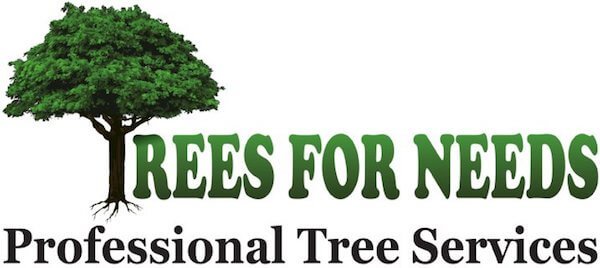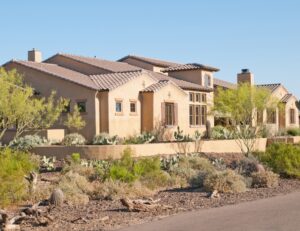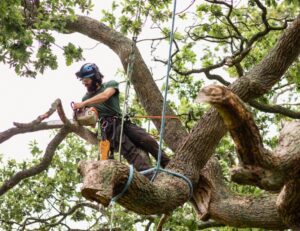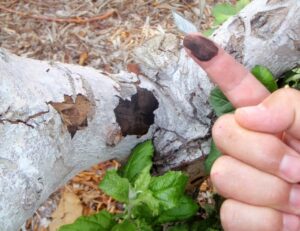Tree trimming is a crucial part of maintaining healthy and beautiful trees. Proper pruning techniques can improve the structural integrity of a tree, promote healthy growth, and enhance the overall aesthetic of a landscape.
However, when tree trimming is done improperly, it can lead to serious damage to the tree, safety hazards, and costly repairs. In this article, we will discuss some common tree trimming mistakes that should be avoided and why. We’ll also explore the benefits of hiring a certified arborist to handle tree trimming and where to find the best tree trimming experts in Phoenix, Arizona.
Common Tree Trimming Mistakes
Bad tree trimming isn’t just bad for your trees, it can be dangerous for both people and property. When trees are improperly trimmed, it can lead to hazardous conditions such as falling limbs, weakened tree structure, and increased risk of disease and pest infestations. These hazards can pose a significant risk to people and property.
Here are some common tree trimming mistakes to avoid:
Over Pruning
One of the most common mistakes made during tree trimming is over-pruning. Over-pruning is the removal of too many branches or limbs from a tree. When too many branches are removed, it can disrupt the tree’s ability to produce food through photosynthesis, which can result in stress and poor health. Over-pruning can also damage the tree’s structure, making it more susceptible to wind damage and disease.
Topping
Topping is the practice of removing large branches or the top of a tree to reduce its height. This practice is often used to control the size of a tree or to remove branches that are obstructing views. Topping can cause significant damage to a tree and should be avoided. When the top of a tree is removed, it can result in rapid growth of weak, poorly attached branches, which can be hazardous. Topping can also reduce the tree’s ability to produce food and increase the risk of disease.
Improper Timing
The timing of tree trimming is important to ensure healthy growth and minimize stress on the tree. Trimming should be done during the tree’s dormant season, which is typically in late fall or winter. Trimming during the active growing season can be stressful to the tree and can lead to reduced growth and poor health.
Using the Wrong Tools
Using the wrong tools can cause damage to the tree and make trimming more difficult. Tools such as hedge clippers, which are designed for small shrubs, should never be used to trim trees. Improper tools can cause jagged cuts, which can lead to disease and pest infestations.
Removing Too Much Bark
Bark protects the tree from disease and pests and removing too much bark can be detrimental to the tree’s health. When trimming, care should be taken to avoid removing too much bark or damaging the tree’s cambium layer, which is responsible for transporting nutrients throughout the tree.
Not Considering the Tree’s Natural Shape
Every tree has a natural shape and removing too many branches can alter the tree’s natural form. When trimming, care should be taken to preserve the tree’s natural shape and avoid removing too many branches. Over trimming can lead to weak and poorly attached branches, which can be hazardous.
The Benefits of Proper Tree Trimming
Proper tree trimming not only helps to avoid costly mistakes, but it also has numerous benefits for both the tree and the surrounding environment. Regular trimming can promote healthy growth and increase the lifespan of a tree. By removing diseased or damaged branches, proper trimming can also prevent the spread of disease and pest infestations.
Trimming can also help to maintain a safe environment by removing hazardous branches that may fall during storms or high winds. Additionally, it can improve the aesthetic of a landscape by shaping the tree to fit the surrounding environment and creating a visually appealing appearance.
Proper trimming can also have environmental benefits. By removing dead or dying branches, it can allow for more sunlight and air to reach the surrounding vegetation, promoting healthy growth. It can also help to reduce the risk of damage to nearby structures, such as homes or power lines, during storms.
Certified Arborists in Phoenix, AZ
If you live in Phoenix, AZ and are in need of tree trimming services, it is important to hire a certified arborist. Certified arborists in Phoenix, AZ are knowledgeable and experienced in the unique challenges faced by trees in the desert climate. They understand the different types of trees and how to care for them, ensuring that your trees are healthy and safe.
Certified arborists in Phoenix, AZ are trained to use proper pruning techniques that will promote healthy growth and maintain the structural integrity of your trees. They are equipped with the right tools and techniques to ensure that your trees are trimmed safely and efficiently, without causing damage to the surrounding environment or neighboring properties.
When you hire a certified arborist in Phoenix, AZ, you can be confident that they will take the time to assess the specific needs of your trees and develop a custom plan to meet those needs. They will also ensure that all trimming is done at the right time of year, to minimize stress on the trees and promote healthy growth.
Trees for Needs, Certified Arborists in Phoenix and Surrounding Areas
At Trees for Needs, all of our tree trimming services are performed by certified arborists who are committed to providing safe and effective tree care. Our team is knowledgeable, experienced, and equipped with the latest tools and techniques to ensure that your trees are healthy and safe. We offer a no-cost estimate and will work with you to develop a custom plan to meet your specific tree trimming needs.
Contact us today to schedule a consultation with one of our certified arborists and start the process of ensuring that your trees are healthy and safe. Call us at (602) 405-1788 today!



